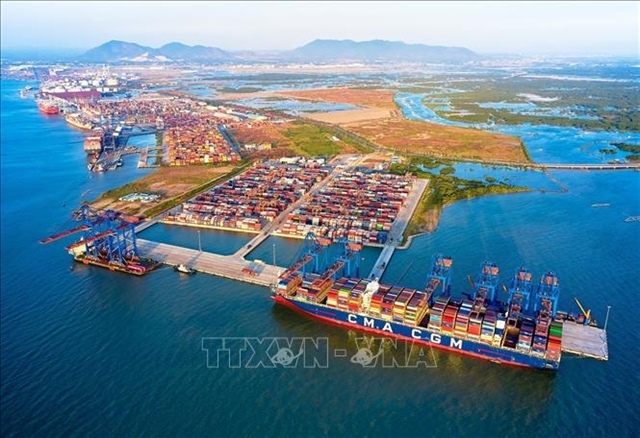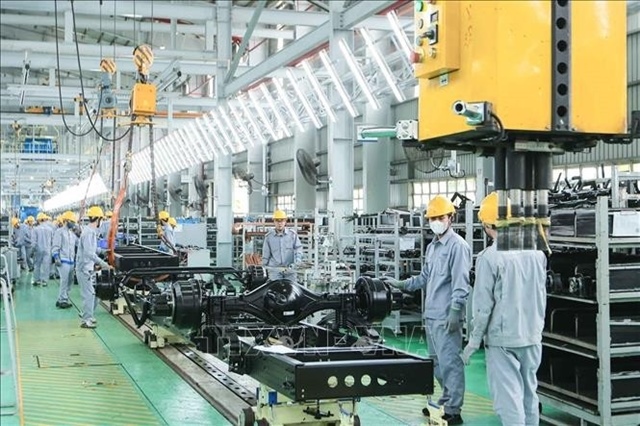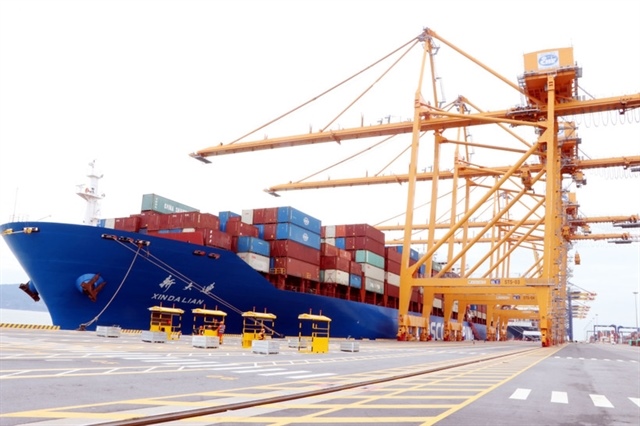MHPS filters next-generation power
MHPS filters next-generation power
According to Vietnam’s latest Power Development Plan, issued in March 2016, the country plans to add 55 gigawatts of new thermal power generating capacity by 2030.
But sustainable safeguards are also a priority. With environmental awareness increasing rapidly in Vietnam, the plan calls for the existing coal power plants, which provide around 13 gigawatts of the total, and the new coal plants to be built by 2030, which will provide the remaining 43 gigawatts, to be equipped with advanced flue gas purification equipment. Minh Hai reports.
Mitsubishi Hitachi Power Systems (MHPS), a manufacturer of thermal power and environmental plant systems in the Mitsubishi Heavy Industries (MHI) Group, aims to contribute to both a stable power supply and a less polluted environment in Vietnam. MHPS is the only company in the world that offers a one-stop solution with the Air Quality Control System (AQCS), a comprehensive emissions treatment system for thermal power facilities.
A world leader in desulphurisation technology, refined to meet Japan’s strict regulatory standards
MHPS is a pioneer in emissions treatment technology, having installed over 1,700 NOx reduction units and 300 flue gas desulphurisation (FGD) around the world. Its group company MHPS Environmental Solutions (MHPS ES) has sold more than 3,200 electrostatic precipitator (ESP) systems, which remove dust and particles from flue gas. This system is capable of removing inhalable PM2.5 particles – particles that are 2.5 micrometres or smaller in diametre.
According to McCoy Power Reports, recognised for its authoritative surveys of the power industry, MHPS held the leading global market share for desulphurisation equipment for two consecutive years in 2014 and 2015, peaking at 37.6 per cent market share in 2015 – when the second-leading firm held 31.8 per cent. In 2014, MHPS won contracts for three seawater flue gas desulphurisation projects, and has been recognised by the US research firm Frost & Sullivan for its string of contract awards.
Collaboration with local partners for proactive localisation initiatives
MHPS and MHPS ES will be ready to support domestic production in Vietnam by actively partnering with local firms to renovate existing power plants and install AQCS systems at the new facilities. During the installation of an ESP system for two units of the Thai Binh 1 Thermal Power Plant in the north of the country, MHPS ES placed orders with a local engineering firm for casings, frames, and other key components, representing more than half of the contract value. The firms plan to maintain this open stance, partnering with Vietnamese firms and working together to build win-win relationships.
Following consultations with Electricity of Vietnam (EVN), MHPS also conducted on-site surveys of four existing thermal power plants in 2016. MHPS engineers carefully examined the operating status and equipment performance of each plant, and held briefing sessions with the plant operators for technology exchange and to make proposals for meeting stricter environmental regulations.
Through its diagnosis of existing power plants, MHPS plans to proactively recommend the AQCS, and consider ways to optimise customer operating costs. For example, with the Selective Catalytic NOx Reduction (SCR) system, MHPS can receive data from the customer’s power plant, allowing it to sample and measure the catalyst used in order to optimise the timing of the catalytic replacement, and offer proposals to minimise operating costs.
MHPS is also considering advisory service for operations and maintenance programmes in co-operation with owners and power plants.
MHPS opened a representative office in Hanoi in November 2016. They also established a Global Service Centre (GSC) in the Philippines to provide service for the entire Southeast Asian region.
MHPS and MHPS ES are offering the AQCS to meet stricter environmental regulations and for the further development of Vietnam’s energy industry, putting into practice their corporate vision of “thermal power and environmental technologies open the door to a brighter future for our planet.”























